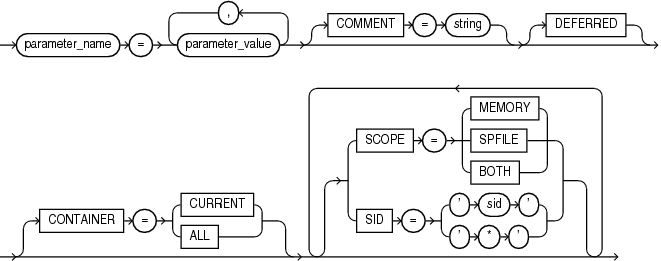The process of patch ZDLRA is not complicated, but it is important to be aware of some details. The most important is from where you are until where you want to go. This is crucial because it will define what commands you will need to execute.
If you read the previous post about the process, you can notice that I was running the ZDLRA 12.2 version, and forwarded to 19.2 version. In that case, I needed to use the upgrade path since I was changing the major release and the racli commands had the “upgrade” parameter.
In this post I will show how to do a simple update (or patch apply) for ZDLRA, this means that I will remain inside the same major release for recovery appliance library. Some steps and checks are the same.
Whatever you need to do (patch or upgrade), the startup point it is the note 1927416.1 that cover the supported versions for ZDLRA. There it is possible to find all the supported versions for the recovery appliance library as well as the Exadata versions. Please, not upgrade the Exadata stack with a version that is not listed on this page.
